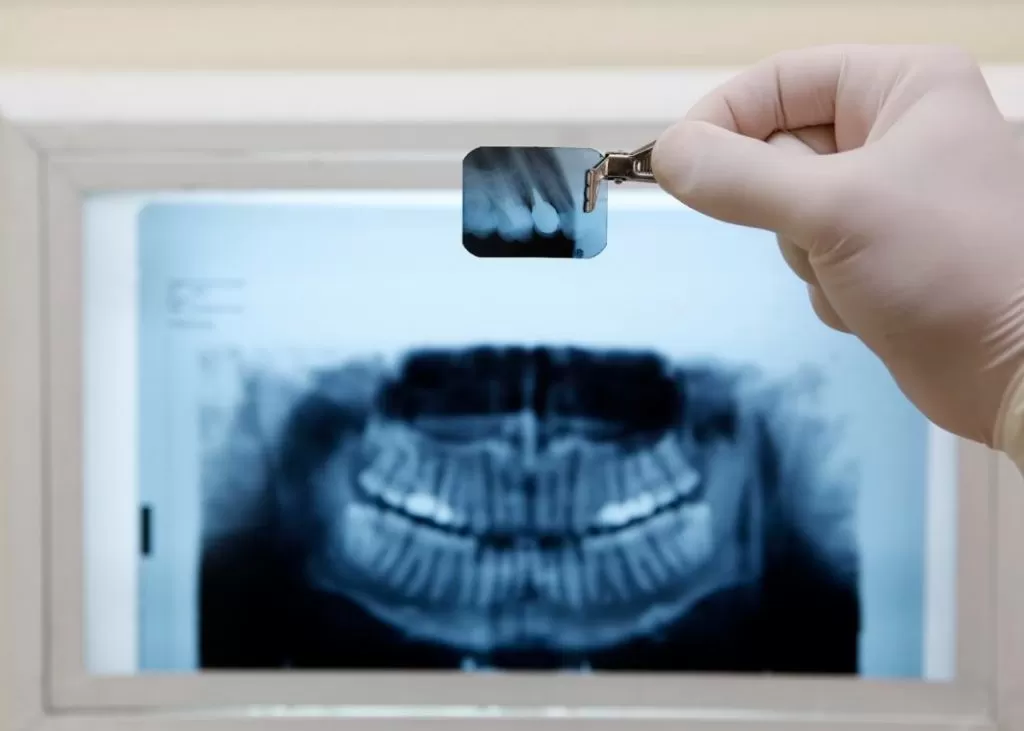Menu

May 23, 2025
All About Dental X-rays: What You Need to Know
Dental x-rays, also known as radiographs, are a crucial diagnostic tool in dentistry. They provide valuable information that helps dentists evaluate and diagnose various oral health conditions. Here’s what you need to know about dental x-rays:
1. Purpose of Dental X-rays:
- Diagnosis: X-rays help dentists identify and diagnose dental problems that may not be visible during a regular clinical examination, such as cavities, periodontal disease, and impacted teeth.
- Treatment planning: They assist in planning treatments such as tooth extractions, root canals, and orthodontic procedures.
- Oral Health Monitoring: X-rays are useful for tracking changes in your oral health over time and detecting potential problems early.
2. Types of Dental X-rays:
- Bitewing X-rays: These are used to detect cavities between teeth and assess bone density.
- Periapical radiographs: capture an entire tooth, including its roots and surrounding bone.
- Panoramic X-rays: Provide a wide view of the entire mouth, useful for evaluating impacted teeth, jaw disorders, and overall oral health.
- Orthodontic X-rays: Help in planning orthodontic treatments by showing the position of teeth and roots.
3. Frequency of Dental X-rays:
- The frequency of X-rays depends on your oral health, age, and risk factors.
- For most adults, a complete series of X-rays can be taken every 3 to 5 years, and bitewing X-rays can be taken annually.
4. Safety Considerations:
- Low radiation exposure: Modern dental X-ray equipment uses low levels of radiation, and protective measures, such as lead aprons and thyroid collars, minimize exposure.
- Precautions during pregnancy: Inform your dentist if you are pregnant, as some x-rays may be postponed or special precautions may be taken.
5. Digital X-rays Versus Traditional Film X-rays:
- Digital X-rays: faster processing, lower radiation exposure, and easier image storage and retrieval.
- Traditional film X-rays: Still used in some practices, but digital technology is becoming more widespread.
6. Benefits and Limitations:
- Benefits: Early detection of dental problems, accurate treatment planning, and oral health monitoring.
- Limitations: X-rays may not show soft tissue problems and the images are two-dimensional, limiting depth perception.
7. Cost and Insurance:
- Dental X-ray costs vary, and coverage depends on your dental insurance plan. Some plans cover routine X-rays as part of preventive care.
8. Post-X-ray Care:
- After the X-rays, your dentist will discuss the results with you, explain any findings, and recommend appropriate treatments if necessary.
9. Periodic Dental Checkups:
- Routine dental checkups, along with X-rays as needed, form a comprehensive approach to maintaining oral health.
Remember that dental X-rays are an essential tool for preventative care and early diagnosis, helping to maintain a healthy smile. Always communicate openly with your dentist about any concerns or questions related to X-rays and your overall dental health.
